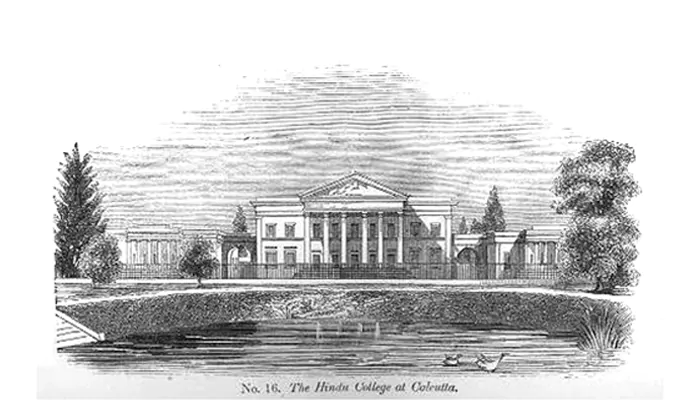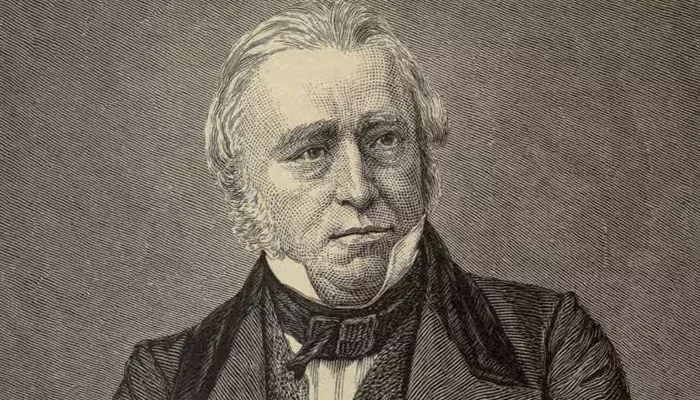India On Wheels: Tata Nano – When India’s Failed Product Inspired the World to Venture Into Small Car Segment
- Rohit Chatterjee
- 4 months ago
- 3 minutes read
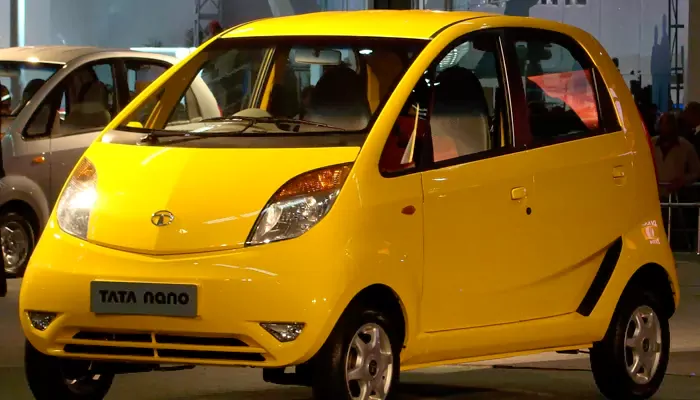
The Tata Nano did not do well in the Indian market, but a few global companies took inspiration.
The majority of us are aware of Tata Nano’s story and how it failed. For the uninitiated, the car did not fail because it was poorly made. Yes, initially, there were a few cases of engine burning, but more than performance and practicality, it was the marketing strategy of ‘World’s Cheapest Car’ that did not sit well with the Indian mindset—such a pity.
However, the foreign heads of global brands took note of Tata’s efforts, and by 2010, India was heading towards a booming car market, and car companies jumped into the ultra-low-cost car category (ULCC).
ULCC cars
Several ULCC cars made their debut in India and various parts of the world. In India, the trend following the launch of the Nano started with the Nissan Micra in 2010, priced at INR 4.50 lakh, followed by the Renault Pulse in 2012 at INR 4.53 lakh, and then the Datsun Go in 2014 at INR 3.54 lakh.
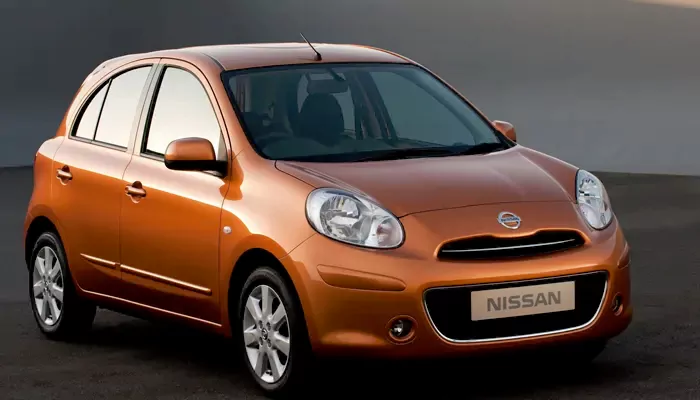
However, if you examine the prices of entry-level cars in the Indian market today, such as the Alto and Kwid, the cars mentioned above, launched over a decade ago, were too expensive. In short, they did not fall in the ULCC category.
Carlos Ghosn’s keen eyes
Back in 2009, Carlos Ghosn, the former global executive of the Nissan-Renault alliance, had closely watched the Nano’s journey. At that juncture, Nissan was also trying to create an affordable truck but failed to do so. Therefore, it entered into a joint venture with India’s Ashok Leyland, and the Dost truck became a reality.
That’s when Ghosn came in contact with the idea and principles of ‘’Jugaad’—the concept of frugal and innovative engineering. Ghosn also realised that the cars like Micra and Pulse were nowhere near the ULCC category. And even though India was gearing up for a booming car industry 10 years ago, people still weren’t ready to shell out a considerable amount of money for cars.
Renault’s small car base
Ghosn studied the Tata Nano, which was a template for ULCC vehicles. Despite being a global brand, Ghosn gave his team the liberty to learn from Indian engineers who knew the art of ‘Jugaad,’ or frugal engineering. For the uninitiated, ‘Jugaad’ started off as scrapped vehicles that were strapped with diesel engines in rural areas of India. These ‘Jugaad’ vehicles were used to transport everything, from people to food and livestock.

In May 2015, the Renault Kwid was launched in the Indian market with an affordable price tag of INR 2.83 lakh. Although the Alto remains India’s favourite car at the entry level, the Kwid has survived 10 years in the Indian automobile industry due to its fuel efficiency, functionality, and price point. In fact, in some aspects, the Kwid has an upper hand—for example, despite being a small hatchback, it boasts the stance of an SUV, with better ground clearance and so on.
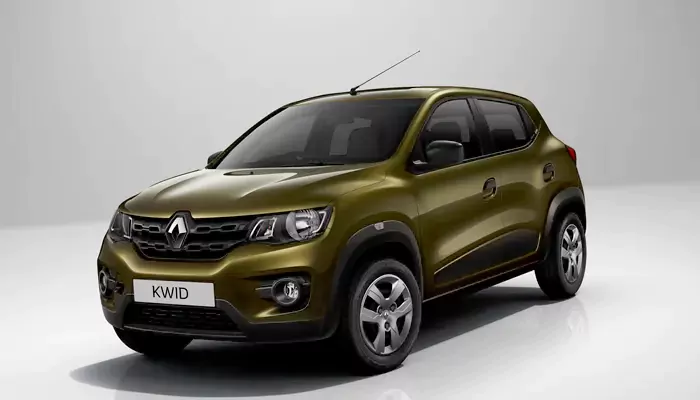
ULCC category non-existent
Unfortunately, the easy availability of loans and music videos promoting SUVs has led the Indian mindset to shift towards subcompact, compact, MUVs, and SUVs. That’s why at the entry point, India still has the Alto and Kwid—no other vehicle.
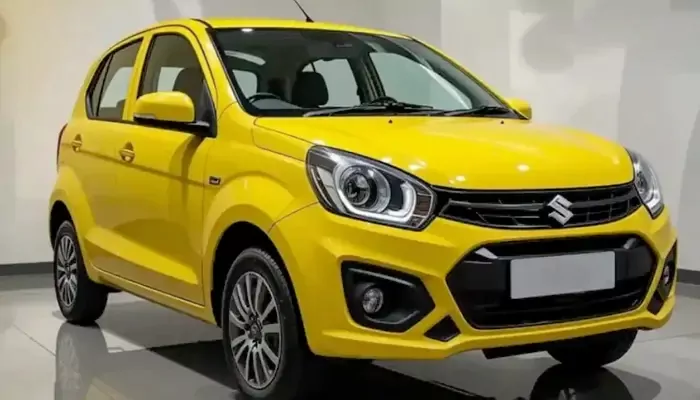
After that, there are multiple hatchbacks, but the game is being swept away by subcompact SUVs like Punch, Exter, and so on. Nevertheless, this article underscores a pivotal moment in the Indian automobile industry that spurred global brands to adopt the Indian 'Jugaad' principle.






